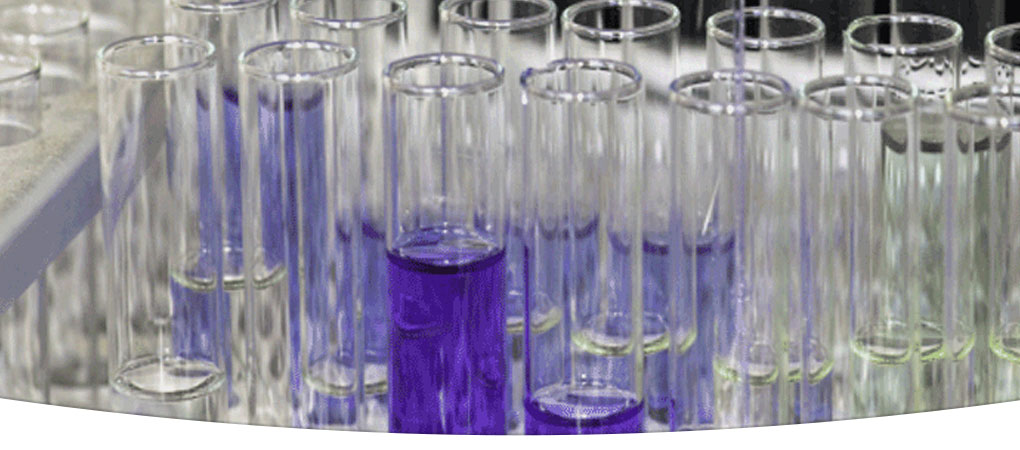Metabolomics and fluxomics, what is it?
A metabolome represents the collection of all the metabolites of a biofluid, a tissue or a cell of a living organism, and represents the final result of the expression of the genome in a particular environment (link genotype x phenotype). The metabolome encompasses a large number of molecules (e.g. from primary metabolites such as sugars, organic acids, amino acids, phosphorylated sugars to secondary metabolites such as terpenes, flavonoids, alkaloids, drugs, toxins, xenobiotics, etc) with very different physico-chemical properties, concentrations, and lifetimes. These metabolites (chemically defined as small molecules, MW<1500) are the end product of the cellular processes, downstream gene expression and protein activity. They display a wide range of chemical formulas (e.g. the Human DataBase (version 3.5) contains 41,519 metabolite entries including both water-soluble and lipid soluble metabolites as well as metabolites that would be regarded as either abundant (> 1 uM) or relatively rare (< 1 nM). In Plant Kingdom, It has been estimated that at least 200,000 different metabolites occur across the plant kingdom, and between 7000 and 15,000 within an individual species (D'Auria and Gershenzon, 2005; Fernie, 2007)
Metabolomics defines the science designed to give the broadest insight into theses chemical fingerprints by identifying and quantifying these molecules, i.e. establishing a profile of the metabolites of a studied sample. A metabolite profile of a cell results from both the genetic background of the cell and the influence of environmental factors. By identifying and quantifying the metabolites, metabolomics gives a comprehensive snapshot of the physiological state of the studied extract or cell.
Fluxomics is the in vivo measurement of the metabolic reaction speeds in a biological system. It is a measure of the metabolism dynamic. In fine fluxomics shows all metabolic and regulatory interactions that determine the behavior of metabolism at the level of a cell, tissue or organism. It is named the ultimate metabolic phenotype. The most successful method for measuring metabolic fluxes is based on the combination of isotopic labeling experiments and mathematical tools to calculate the reaction rates from isotopic labeled metabolites.
[1] D'Auria JC, Gershenzon J. (2005) The secondary metabolism of Arabidopsis thaliana: growing like a weed. Curr Opin Plant Biol. 2005 Jun;8(3):308-16.
[2] Fernie AR (2007) The future of metabolic phytochemistry: larger numbers of metabolites, higher resolution, greater understanding. Phytochemistry. 2007 Nov-Dec;68(22-24):2861-80.

